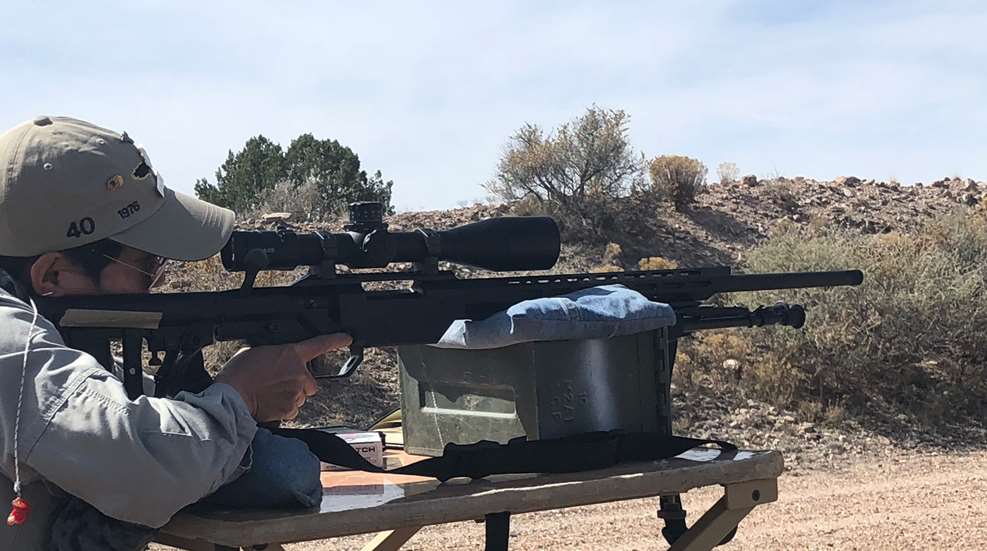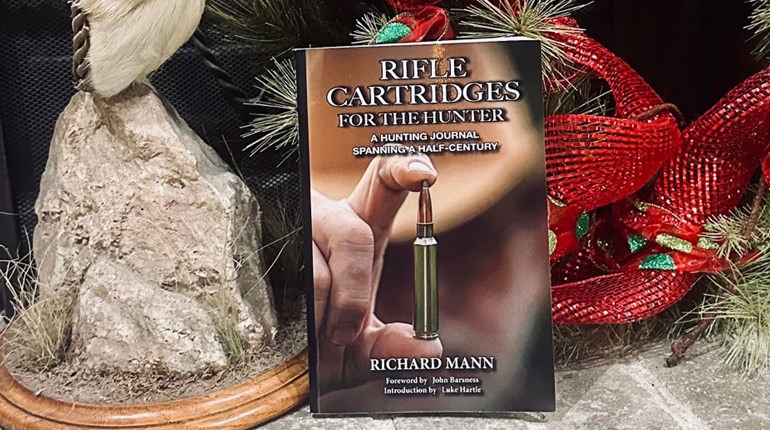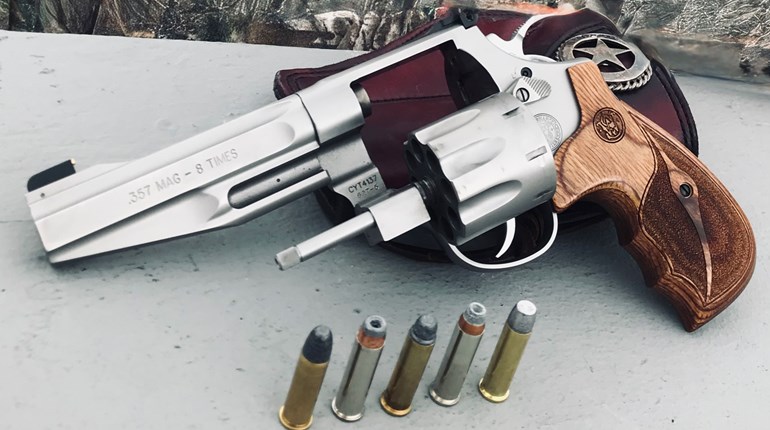
Minutes of Angle (MOA) is one of those phrases that if you do not know what it means or understand it, you will be left out of many conversations among shooters, especially if you are new to group. It is also one of those phrases that many individuals throwing it around really do not understand. To fully understand MOA, you need to know that it is used in several different ways; how to apply the application; and a little knowledge of geometry.

First, using the term “MOA” is a good way of sounding smart and knowledgeable about firearms, ammunition and shooting. This is also a way people try to impress others when they speak. For example, today you are likely to hear someone say, “I have a ½” MOA on the target with this rifle.” A few years ago, this same individual might have said, “I have a ½-inch shot grouping on the target with this rifle.” You might also hear, “I had to sight in my rifle scope with 4 MOAs to the right.” In the past you would hear, “I have to adjust my rifle scope 4 clicks to the right.”
Both ways are correct, but you need to know your audience. To be clear, referring to MOA is more precise than how we spoke in the past. As firearm owners, shooters, and instructors we are supposed to use the correct terminology when talking about firearms. On the other hand, we are supposed to speak, or at least explain, what we are referring to when we talk to other shooters or students.
You should know the meaning of phrases and terms before they make it in your daily lexicon. By using the wrong word, you can damage your credibility especially if you are an instructor by sending your students away with incorrect information.
MOA is the measurement of angle that is equal to 1/60th of one degree. This is also referred to as Minute of Arc. In simple terms, when we speak of MOA when shooting, it is the point of impact on a target by a projectile within a cone of trajectory. Think of a large gasoline funnel. If you look through the small end of the funnel, the further out you look, the wider the field of view.
In practical shooting applications, the closer you are to a target, the tighter your shot grouping will be. The further away from the target you are, the larger area that your shots could land. Think about a target down range. The further away your target is, the smaller it seems. This is why shooters need to go to the gun range and practice, practice and practice using the five fundamentals of shooting (aiming, breath control, hold control, trigger control, and follow through). The more time you spend at the range working on your marksmanship, the more accurate you will be, and the tighter your shot grouping will be.
A shooter can easily do the math to determine the MOA at any distance. First, you must know that MOA is approximately a 1” circle at 100 yards. You take your MOA times distance divided by 100 (MOA X Distance/100).
Examples include:
1 MOA at 100 yards (1 X 100 divided by 100) = 1” at 100 yards
4 MOA at 500 yards (4 X 500 divided by 100) = 20” at 500 yards
1 MOA at 75 yards (1 X 75 divided by 100) = 3/4'” at 75 yards
Most rifle shooters are familiar with MOA regarding scopes. When sighting in a rifle, the scope has windage and elevation adjustments. These adjustments are usually covered by caps, which the shooter must remove by unscrewing to gain access. What the shooter usually will see written or etched on the adjustment is ¼” = 1 MOA. When sighting in a rifle and scope, a shooter would shoot three rounds and hopefully have a tight group on the target. The adjustments to windage and elevation knobs will depend on what is marked on the adjustment knobs. For example, if your grouping is 3” high and 2” to the right and the adjustments are marked, ¼” = 1 MOA, the shooter would turn the elevation knob 12 “clicks” and the windage knob 8 “clicks” in the indicated direction.

Sub-MOA is another term that you might hear at the gun range or talking with experienced shooters. Experienced shooters should be able to consistently shoot a 1 MOA at 100 yards with any properly sighted-in rifle. Sub-MOA is a grouping under 1” at 100 yards. For example, precision shooters might have a sub-MOA indicated as ¾” MOA or ½” MOA.
It is important to remember that MOA is affected by both the shooter and the equipment. As mentioned earlier, practice is the most important thing that a shooter can do to improve his or her marksmanship. This in turn will improve the point of impact or MOA of your bullet.
The other thing that affects MOA is the equipment. If you put a $200 scope on a $1,200 gun, it will translate to a larger MOA. Do your research when purchasing a rifle and scope. Purchase quality equipment with a good reputation. If you want a sub-MOA grouping research calibers and ammunition. Some calibers consistently shoot a tighter grouping than others. Additionally, some manufacturers make better ammunition than others as far as accuracy is concerned. You need to decide as a consumer what is most important to you.
As a deer hunter, I am a very big fan of a particular brand of ammunition. I was sighting in my deer rifle with a friend who is a precision shooter. He did not like the brand I was shooting because he could not shoot a ½” sub-MOA with it. It was more important to me, the terminal performance, in taking down my game than the achieving a sub-MOA grouping with my shots. Do your research and find a firearm, scope, and ammunition combination that will allow you to achieve your specific outcome or goals.














































